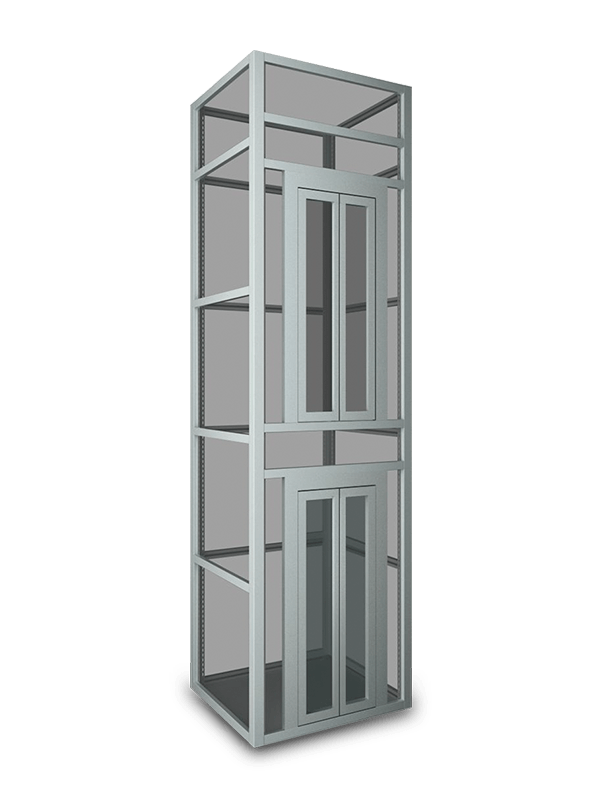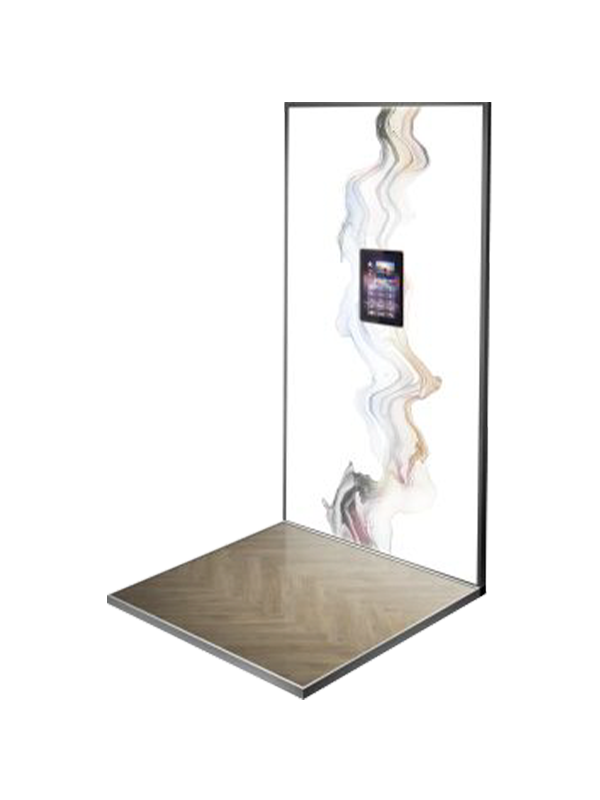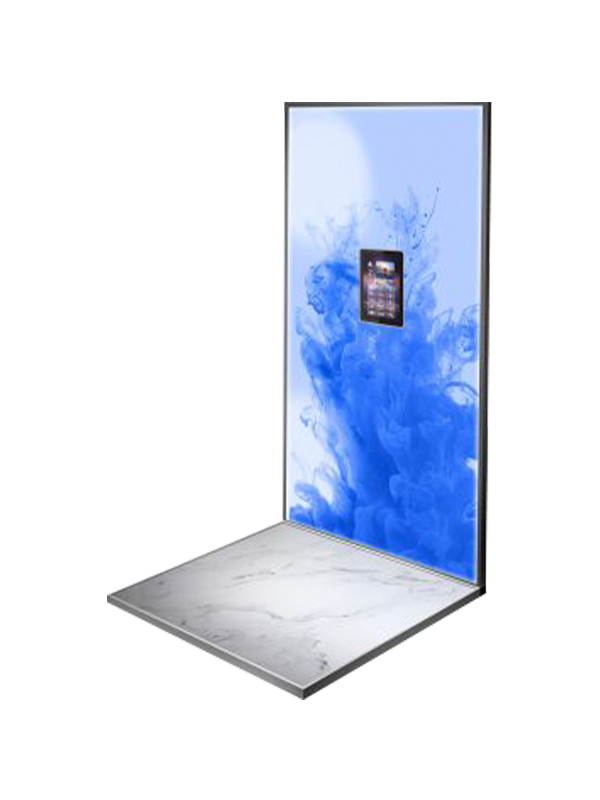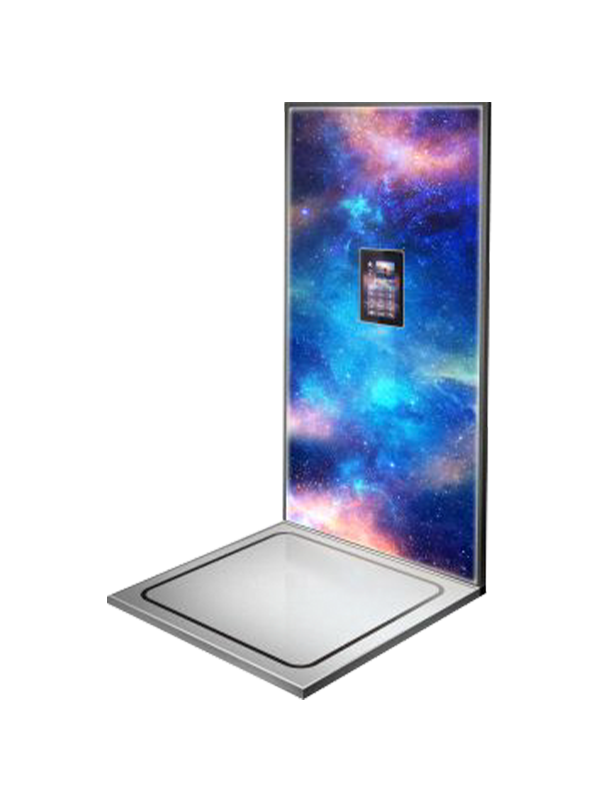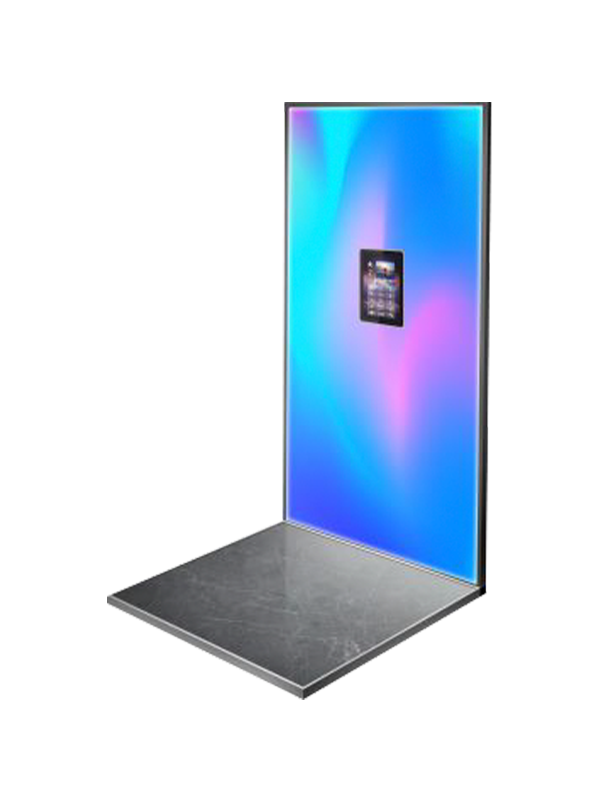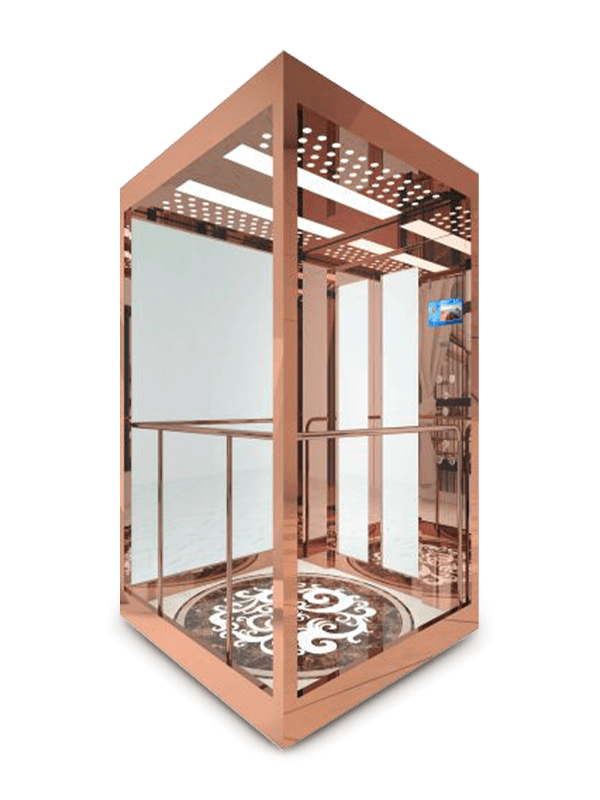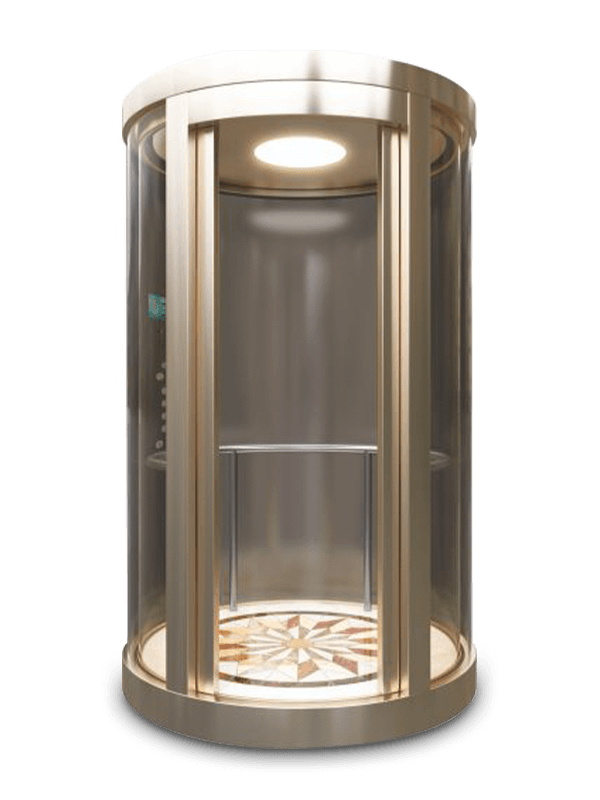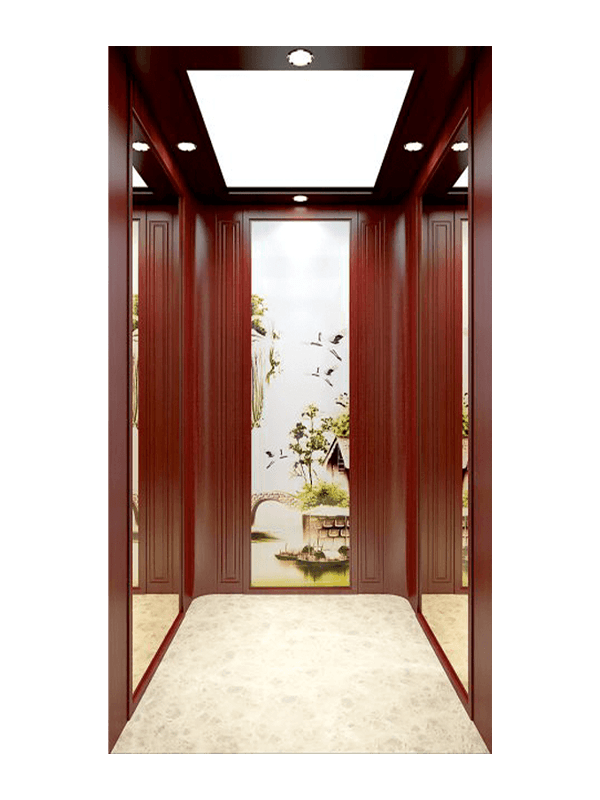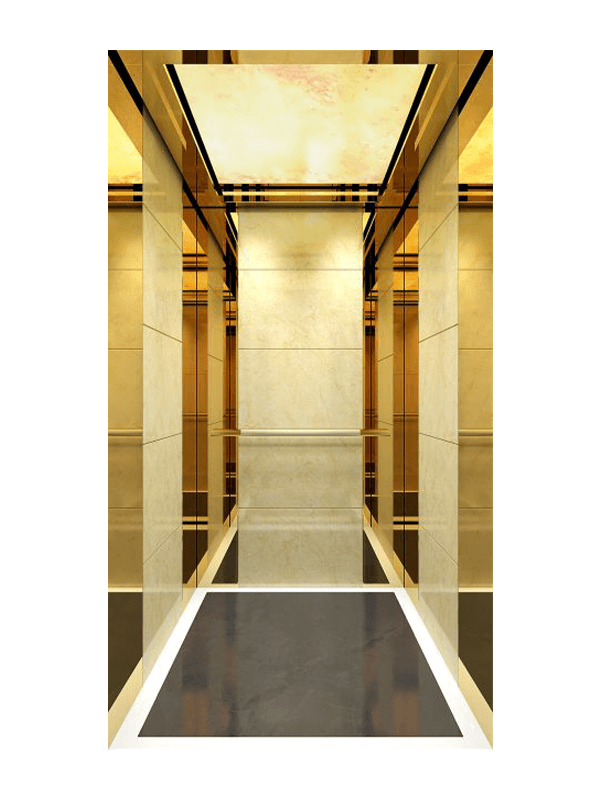The elevator is more than just a functional machine that moves people between floors; it’s a transitional space, a first impression, and a silent ambassador for a building’s brand. Whether it’s a sleek corporate high-rise, a welcoming residential apartment, or a bustling hotel, the condition of the elevator interior speaks volumes. This leads property managers, facility operators, and building owners to a common, yet crucial, question: how often should elevator car decoration be updated or maintained?
The answer isn’t a single, universal number. A five-year schedule might be perfect for one building and completely inadequate for another. The right frequency is a strategic decision based on a blend of objective wear-and-tear and subjective perceptual factors. This article will guide you through the key considerations, signs to watch for, and best practices for maintaining this vital architectural element.
Why Regular Elevator Interior Upkeep is Non-Negotiable
Before diving into timelines, it’s important to understand the “why.” Proactive maintenance of elevator cab interiors isn’t an frivolous expense; it’s a smart investment in your property’s value and occupant experience.
Preserving Property Value and Perception: An elevator is one of the most frequently used spaces in any multi-story building. A worn, scratched, or outdated interior creates an impression of neglect that subconsciously extends to the entire property. Conversely, a clean, modern, and well-kept elevator suggests a management team that cares about details, directly supporting higher perceived value and tenant satisfaction.
The Immense Impact of Wear and Tear: Elevators endure a staggering amount of use. Thousands of people pass through them weekly, bringing with them dirt, scuffs, luggage, carts, and keys. This constant traffic takes a toll on every surface. Walls get scratched, floors get gouged, handrails lose their luster, and buttons become worn. Regular upkeep is a battle against this inevitable degradation.
Safety and Hygiene Considerations: Beyond aesthetics, maintenance is a matter of safety and cleanliness. Loose wall panels or damaged flooring can become trip hazards. The seams and joints in interior cladding can trap dirt and germs. A structured maintenance schedule ensures these issues are addressed promptly, promoting a healthier environment.
Key Factors That Determine Your Update Schedule
Your specific elevator decoration refresh cycle will be influenced by several variables. Assess your building against these factors to find your ideal rhythm.
Traffic Volume (The Biggest Factor): This is the primary driver. A low-rise, low-occupancy residential building with 20 units will have vastly different needs than a 50-story commercial tower with thousands of daily occupants. High-traffic elevators require more frequent checks and more durable materials, potentially needing touch-ups annually and a full refurbishment every 3-5 years. Low-traffic elevators can often operate on a 5-8 year cycle for major updates.
Building Type and Tenant Expectations: The standards are simply different. A luxury hotel or Class A office space demands impeccable, on-trend interiors to impress guests and clients. In these environments, aesthetic updates might be needed every 3-4 years to stay current. An industrial warehouse or a no-frills residential building may prioritize durability over high-fashion, extending the timeline between major refurbishments to 7-10 years, focusing instead on rigorous cleaning and minor repairs.
Quality of Initial Materials: You get what you pay for. Investing in high-quality, commercial-grade materials during an installation pays dividends in longevity. Stainless steel, solid phenolic panels, and durable laminate finishes will resist wear far better than their cheaper, thinner counterparts. A higher initial investment often translates to a longer lifespan and lower maintenance costs over time.
Exposure to Elements: Elevators in certain environments face unique challenges. Cars in parking garages are exposed to more dirt, moisture, and potential impact from equipment. Coastal properties face salt air, which can corrode metal finishes. These harsh conditions necessitate a more aggressive inspection and maintenance schedule.

The Signs It’s Time for an Update: A Practical Checklist
Sometimes, the elevator itself will tell you it needs attention. Conduct regular visual inspections and watch for these clear indicators:
Visible Physical Damage: Deep scratches that cannot be polished out, dents in metal panels, cracks in laminate or acrylic surfaces, and chipped ceiling panels. These are clear signs that the materials have reached their limit.
Worn-Out Flooring: This is often the first thing to show age. Stains that won’t clean, deep gouges, lifting edges, or a generally faded, tired appearance. The floor withstands the most direct abuse.
Faded or Outdated Aesthetics: Even if physically intact, the interior can simply look old. Wood veneers from the 90s, brass finishes from the 2000s, or color schemes that feel dated negatively impact the building’s image.
Persistent Odors: Over time, smells from cleaning chemicals, spills, or general use can become embedded in porous materials like carpet or certain wall panels. If deep cleaning doesn’t resolve it, replacement might be necessary.
Malfunctioning Components: While not purely decorative, worn-out button panels, flickering light fixtures, or a scratched and hazy mirror contribute to an overall feeling of neglect. These are often addressed in a refurbishment project.
A Guideline for Elevator Interior Maintenance Frequency
While custom-tailored, you can use this general framework as a starting point:
Daily to Weekly (Cleaning): This is essential. Wipe down handrails, buttons, and walls. Vacuum and mop the floor. This routine cleaning is the first and most important line of defense against wear.
Quarterly (Minor Inspection): A more thorough cleaning and inspection. Check for loose screws, minor scratches, and the condition of lighting. Address small issues before they become big problems.
Annually (Detailed Assessment): A deep clean and professional assessment of all surfaces. This is the time to evaluate the need for more significant repairs, like polishing metal surfaces, patching small floor damages, or planning for a future larger update based on the rate of degradation.
Every 3-5 Years (Moderate Update - High Traffic): For buildings with heavy use, this is a common interval for a refresh. This may involve replacing worn flooring, updating wall panels, installing new handrails, or modernizing light fixtures and button panels.
Every 5-8 Years (Major Refurbishment - Standard Traffic): For most average-use buildings, this is a standard cycle for a comprehensive update. This often entails a full interior makeover with new materials, a modern color scheme, and potentially a new ceiling assembly to completely revitalize the space.
Every 8-10+ Years (Low Traffic): Well-maintained elevators in low-traffic buildings with quality materials can often exceed a decade before needing a full-scale refurbishment, though annual inspections remain critical.
The Process of Updating Elevator Cab Interiors
Understanding the process can help in planning. A typical project involves:
Assessment and Planning: A professional will assess the current condition, discuss goals and budget, and help select appropriate materials.
Material Selection: Choosing finishes that balance aesthetics, durability, and cost. This includes wall panels, flooring, handrails, ceilings, and lighting.
Scheduling and Coordination: Elevator modernization work requires careful coordination with an elevator maintenance provider to ensure safety and minimize downtime. Projects are often scheduled for overnight or weekend hours to reduce disruption.
Installation: A skilled crew will remove the old interior and install the new one, typically working within the elevator shaft to complete the project efficiently.
Final Inspection: A walk-through to ensure everything meets quality standards and functions correctly.
Conclusion: A Cycle of Care, Not Just Correction
Determining how often to update your elevator car decoration is less about adhering to a rigid calendar and more about adopting a philosophy of continuous care. It’s a cycle that blends proactive cleaning, vigilant inspection, and strategic refurbishment.
By understanding the factors unique to your building—its traffic, its tenants, and its standards—you can create a tailored plan that protects your investment, enhances user experience, and ensures that this small but significant space continues to make the right impression for years to come. The goal is to never let the interior become so worn that occupants notice its decline, but to maintain it so well that its quality is simply felt, not seen.


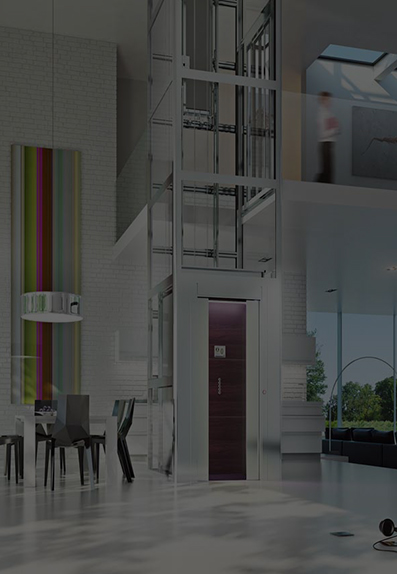
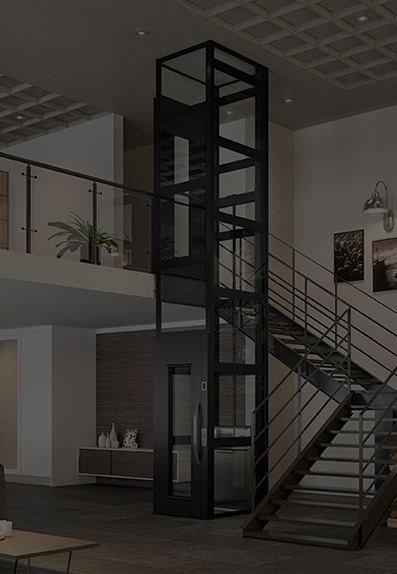

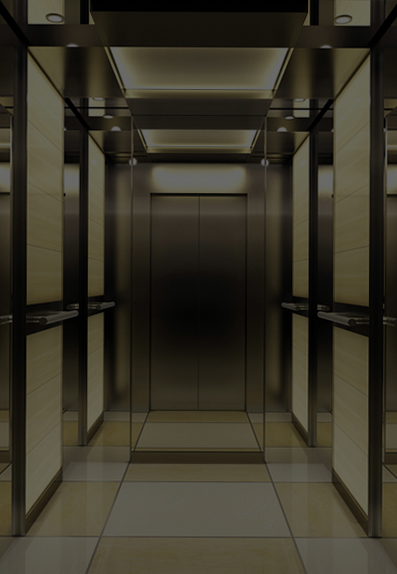
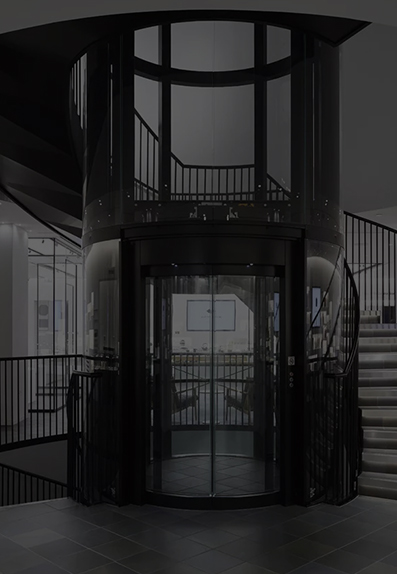
 English
English عربى
عربى Deutsch
Deutsch Español
Español Français
Français русский
русский 日本語
日本語 简体中文
简体中文
